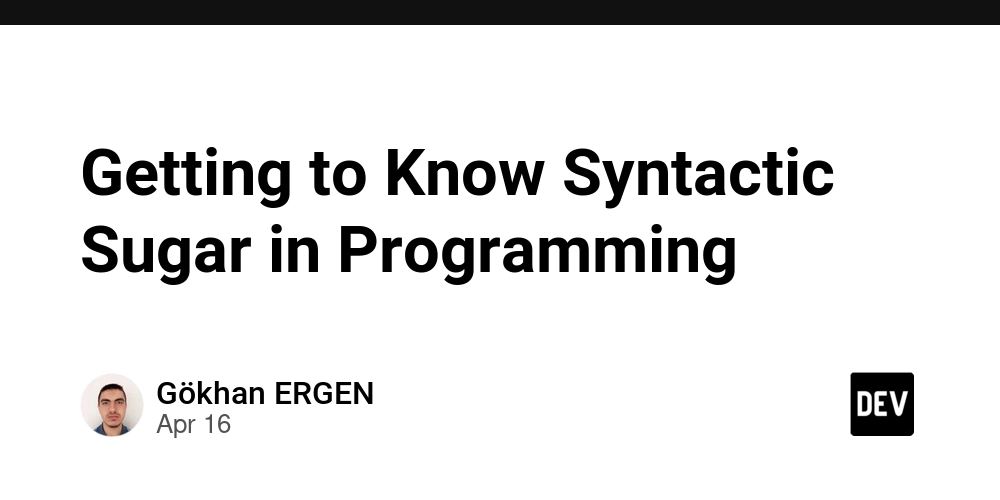Dev
1w
263

Image Credit: Dev
Getting to Know Syntactic Sugar in Programming
- Syntactic sugar refers to language features that make code easier to read or write without introducing new functionality.
- It enhances the developer experience by providing more intuitive and concise ways to express logic.
- The term 'sugar' implies that these features sweeten the syntax, similar to adding spices to food for flavor.
- Syntactic sugar is related to refactoring, as both aim to improve code readability and maintainability.
- Introduced by Peter J. Landin in 1964, syntactic sugar simplifies code appearance without changing underlying functionality.
- Examples include keywords like 'emit' in C++, 'TO' in COBOL, list comprehensions in Python, and arrow functions in JavaScript.
- While syntactic sugar enhances readability, inconsistent use can lead to codebase complexity and confusion among developers.
- Critics argue that excessive syntactic sugar can complicate development tools and hinder code clarity, as seen in Haskell syntax controversies.
- Balancing the use of syntactic sugar is crucial to maintain code coherence, readability, and avoid confusion among team members.
- In conclusion, while syntactic sugar improves code aesthetics and productivity, careful usage and consistency are key to its effective application.
Read Full Article
15 Likes
For uninterrupted reading, download the app